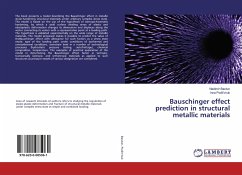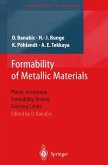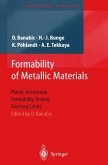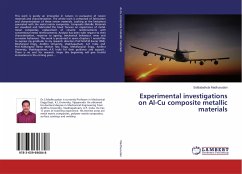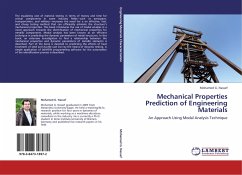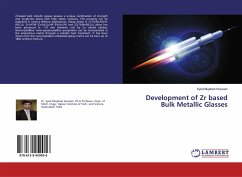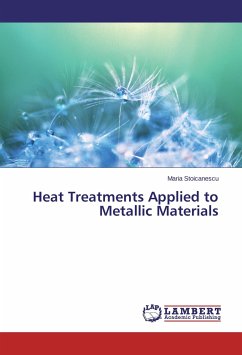The book presents a model describing the Bauschinger effect in metallic strain-hardening structural materials under arbitrary complex stress state. The model is based on the use of the hypothesis of isotropic-kinematic hardening, by which a yield surface dividing areas of elastic and elastoplastic deformation changes its dimensions and displaces along the vector connecting its center with a representative point at a loading path. The hypothesis is validated experimentally on the wide range of metallic materials. The model proposed makes it possible to predict the value of theBauschinger effect with allowance for such factors as a stress state mode, type of the loading path under conditions of isothermal and nonisothermal conditions, overstrain level in a number of technological processes (hydrostatic pressure testing, autofrettage), chemical composition, temperature. The examples of practical application of the model in determining the Bauschinger effect factor in isotropic, transversally isotropic, and orthotropic materials as applied to such structures as pressure vessels of various designation are considered.
Bitte wählen Sie Ihr Anliegen aus.
Rechnungen
Retourenschein anfordern
Bestellstatus
Storno

